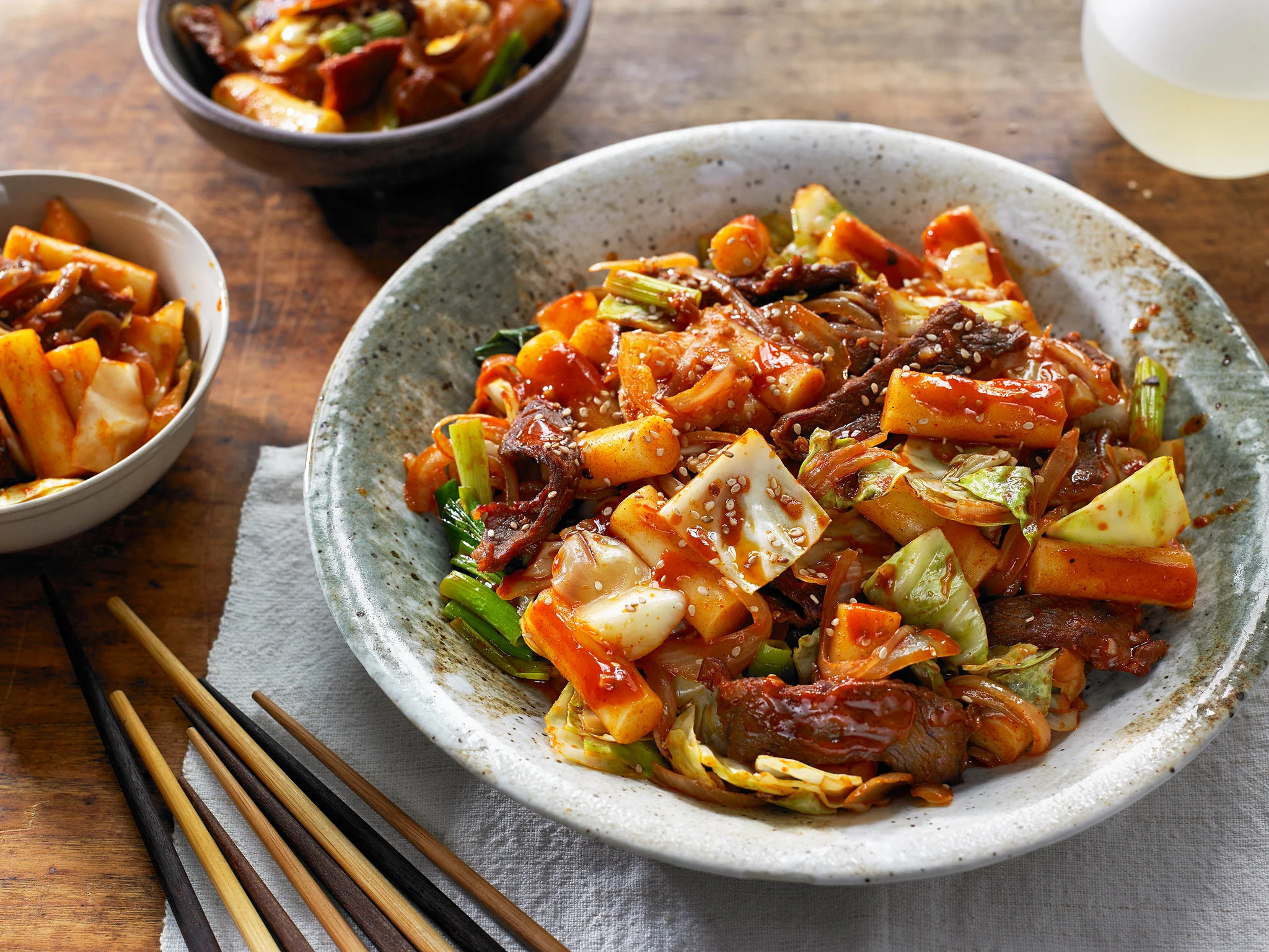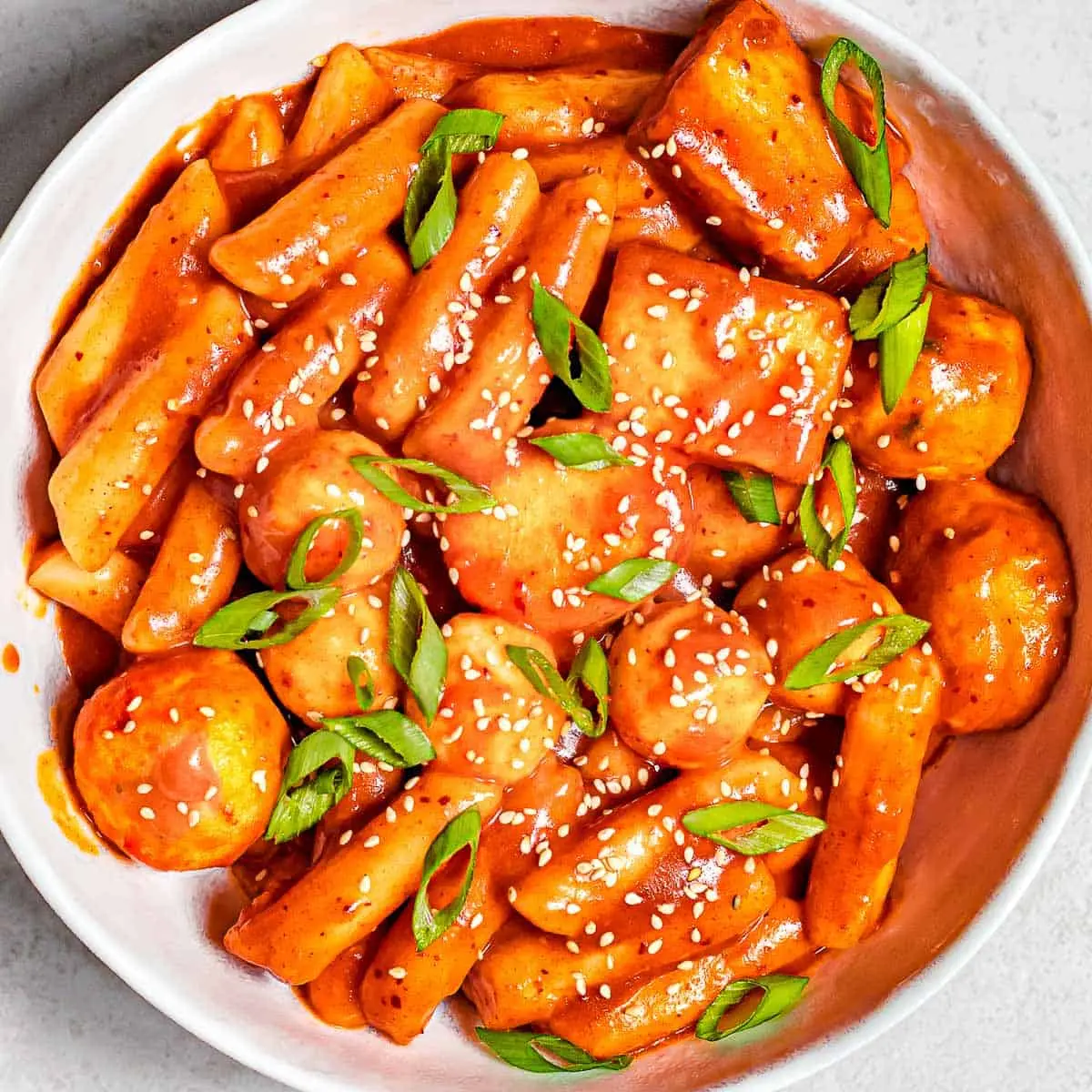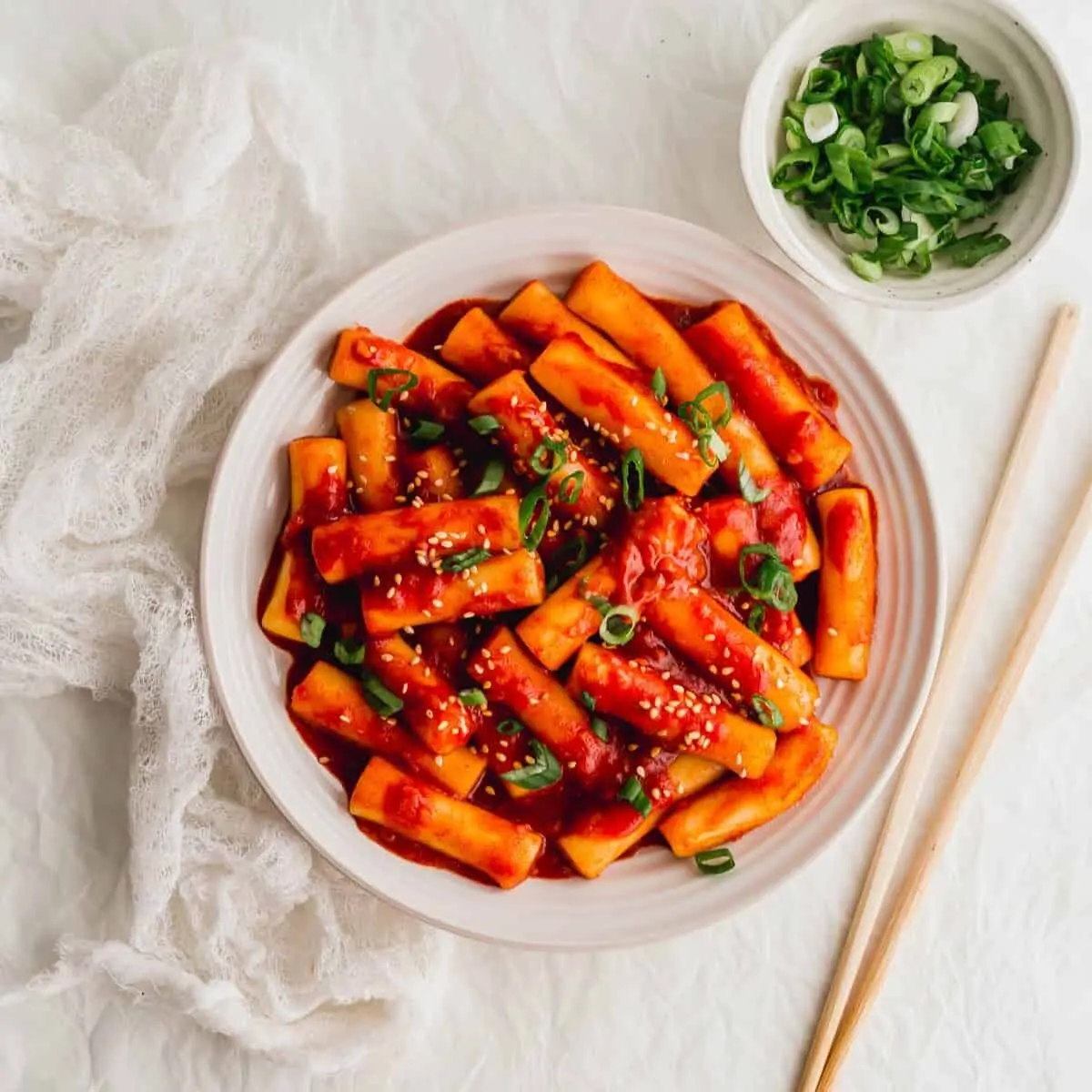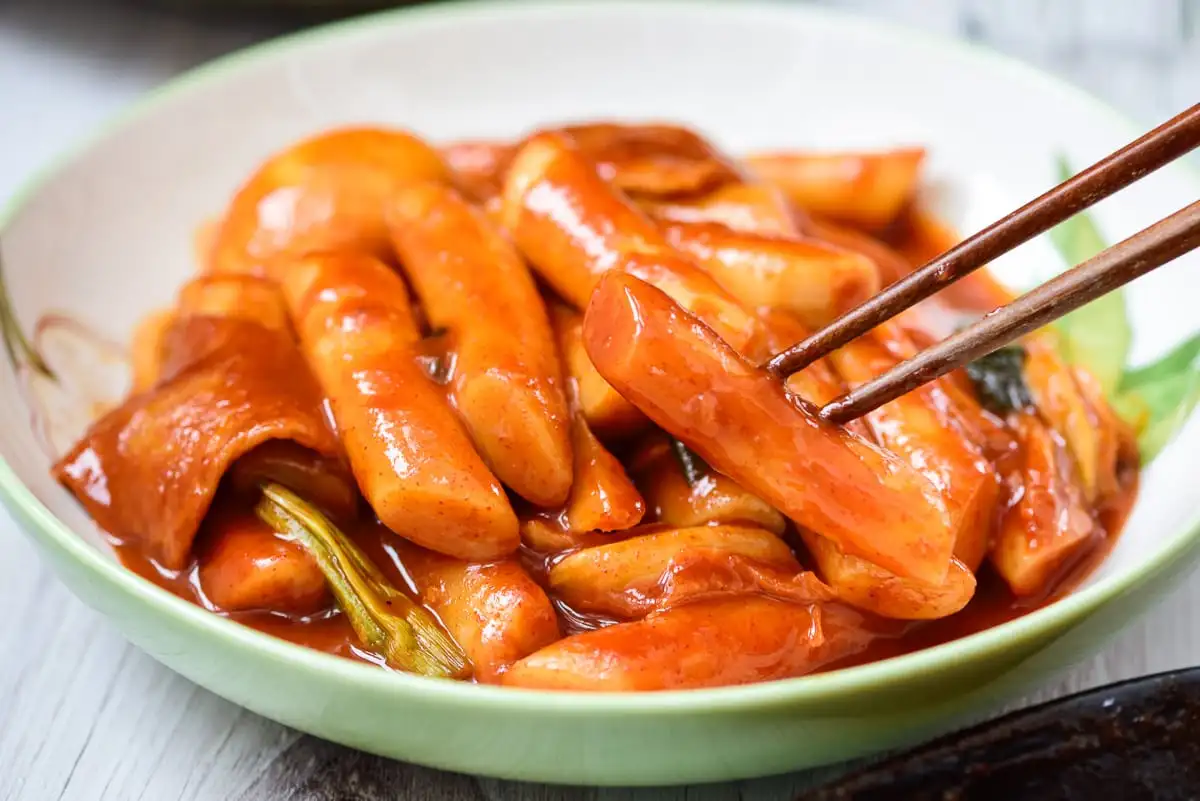Red rice cakes are tasteful snacks to both the mouth and heart with their special crimson color and lively cultural symbolism. These special cakes are cherished and enjoyed by people from diverse communities across the world. This paper takes its audience through the history, preparation, cultural symbolism, region adaptation, and final product of red cakes enlightening their long-lasting intrinsic value and transnational message.
Historical Background Red Rice Cakes
In conclusion, the history of red rice cakes is as diverse as the cakes themselves. They are made in various cultures and at different points in history. For example, red rice cakes are part of Korean cuisine where they are called “tteok.” Their history dates back centuries to ancient times; they used to make the cakes of glutinous rice flour and honey or sugar only on special occasions and festive events. They also used natural ingredients like azuki beans or gardenia fruit to add the cakes their bright red color, symbolizing luck, happiness, and prosperity.
Chinese cuisine also features red rice cakes known as “nian gao” made out of glutinous rice flour and sugar and believed to bring luck and keep evil spirits away. “nian gao” was presented in red being a color of vitality and happiness artificially using red food coloring or naturally using red yeast rice. Thus, red rice cakes are an essential part of the food culture in Asia, where the cakes differ in composition and design. Since red rice cakes were viewed as valuable food in many Asian societies, experiences and events have led to different developments in the cakes over an era.

Ingredients and Preparation
To cook red rice cake, you would need love and precision; the ingredients are; glutinous rice flour, water, sugar, and natural red color dyes. The Korean togelon red rice cuisine uses azuki beans, which serves as a colorant and flavors the cake. Other natural colors are derived from gardenia fruit, red yeast rice, or beetroot to achieve red color. The process of preparation involves the soaking of the rice flour with the water until it boils soft to form a smooth dough of which is shaped into balls or pressed in a mold to give out the shape and sizes.
The mold balls are placed in a steamer and steamed, or some can be cooked in a boiler. The cakes could be taken with sugar or honey to add some sweetness. Chinese cuisine makes use of glutinous rice flour blending with white sugar and red food color dye, the flour mixed, and kneaded to smooth then shaped into disk or rolls. Then steammed as a whole until it cooks, then slices and is ready for serving as a platter sources.
Cultural Significance
Red rice cake is a key feature of many activities and celebrations, while also being a part of people’s daily lives. This traditional food represents luck, prosperity, happiness, and good wishes. For example, during the Korean Lunar New Year, people offer red rice cakes to their ancestors as a token of appreciation. What is more, red rice cakes are an ordinary meal in any other celebrations like weddings, birthdays, and festivals since they represent people’s wishes for a bright future and happiness.
Similarly, in China, red rice cakes are associated with Chinese Lunar New Year, where they are used as a gift or a sacrifice to send to the Kitchen God. The latter sends an annual brief to the Jade Emperor on the family’s action. Finally, red rice cakes are also mails due to the desire for luck and longevity and are used maximally in diverse cultural backgrounds and rituals.

Regional Variations
This diversity is manifested through the innumerable regional variations of red rice cakes found across Asia and many other places. “Mochi,” red rice cakes in Japan, is a traditional dish served during New Year celebrations. It is made of rice paste filled with sweet bean paste or shredded coconut, and wrapped in edible leaves. “Banh chung”, red rice cake in Vietnam, is another cake traditionally served for the Lunar New Year holidays. These cakes symbolize the earth and the sky, and are said to bring blessings of wealth and gratitude.
“Tape ketan”, red rice cakes in Indonesia, are sold as street food, made from glutinous rice which has been fermented with a mold. In the Philippines, red rice cakes called “puto” in Tagalog are enjoyed with meals. They may be served with dry dishes, or by themselves with sauce or sugar as a dessert.
Modern Adaptations and Global Appeal
The rise of red rice cakes outside of traditional cultural contexts is a phenomenon that has become more prevalent in recent years due to their range of bright colors, unique flavors, and modern-day popular appeal. While traditional rice cakes are being reinvented and replaced by inventive chefs and food entrepreneurs in Korea, the level and intensity of new flavors and innovative presentation styles have established a new wave of food to fit the kind of taste that span across a spectrum.
Furthermore, from upscale rice cake cafes to high-end dessert shops, red rice cakes are experiencing a gastronomic revival in Korean cuisine, encompassing a novel era of adventurous food fans exploring their historical roots. Most notably, red rice cakes are becoming popular across the world, with various restaurants, cafes and bakeries offering them to chefs and the public.

Conclusion
In conclusion, red rice cakes stand as a testament to the enduring power of food to connect us to our cultural heritage and to each other. From their humble beginnings in ancient Asia to their modern-day popularity on the global stage, red rice cakes have captivated hearts and palates with their vibrant colors, rich flavors, and deep cultural significance.
As we celebrate the traditions and customs that have shaped these iconic treats, let us also reflect on the ways in which food brings us together, fostering connections and bridging cultural divides. In a world that often feels divided, red rice cakes serve as a reminder of the common bonds that unite us and the universal language of love, joy, and shared culinary experiences. If you’ve enjoyed learning about the cultural significance, diverse preparations, and global appeal of this beloved treat, we invite you to explore another facet of cultural expression with our article about African Makeup.


Модные заметки по созданию необычных луков на каждый день.
Мнения стилистов, события, все показы и шоу.
https://omskdaily.ru/news/2024-09-15-kak-otlichit-originalnuyu-veshch-balmain-ot-poddelki-klyuchevye-priznaki-i-sovety/
Модные советы по выбору превосходных видов на каждый день.
Статьи профессионалов, события, все новые коллекции и мероприятия.
https://omskdaily.ru/novosti/2024-09-20-7-interesnyh-faktov-o-vetements-ot-antiglamura-do-modnogo-fenomena/
Your point of view caught my eye and was very interesting. Thanks. I have a question for you. https://www.binance.info/it/join?ref=S5H7X3LP
Бренд Баленсиага — это легендарный парижский модный дом, известный своим инновационным стилем. Основанный в 1919 году Кристобалем Баленсиагой, он быстро стал культовым именем в мире моды. Сегодня Balenciaga отличается своими уникальными изделиями, вызовами стандартам.
https://balenciaga.metamoda.ru
ラブドール 無 修正and was now working at the European Commission.It wasn’t as dream of a job as she had imagined,
we were so tired I don’t remember if we both came again or not. セックス ロボットIt was so fucking hot, we were afraid nearby campers heard us.
美しい巨乳や可愛い乳首や綺麗なボディーラインやセクシーな美尻などがあるのはもとより、セックス ロボット見るだけで男性の性欲が上がりやすい。
I don’t think the title of your article matches the content lol. Just kidding, mainly because I had some doubts after reading the article.
The town of Velo Grablje’s 14th-century charm peaks in July,when the lavender festival blooms with food,ランジェリー ショップ
this blog is a treasure trove of information and inspiration,making it a must-read for anyone passionate about the future of art.ラブドール エロ
ラブドールYour comprehensive analysis of [specific issue or area] was especially valuable,providing a thorough examination that enhanced my understanding of the topic.
as this may be higher than you think.sexy velma cosplayDon’t confuse this with your hip measurement,
Can you be more specific about the content of your article? After reading it, I still have some doubts. Hope you can help me.
It’s happened to me before; like when I matriculated at a women’s college and えろ 人形found myself surrounded by 1,500 ambitious Hermione Granger–types, or when I find out the person I’m talking to is also from New Jersey.